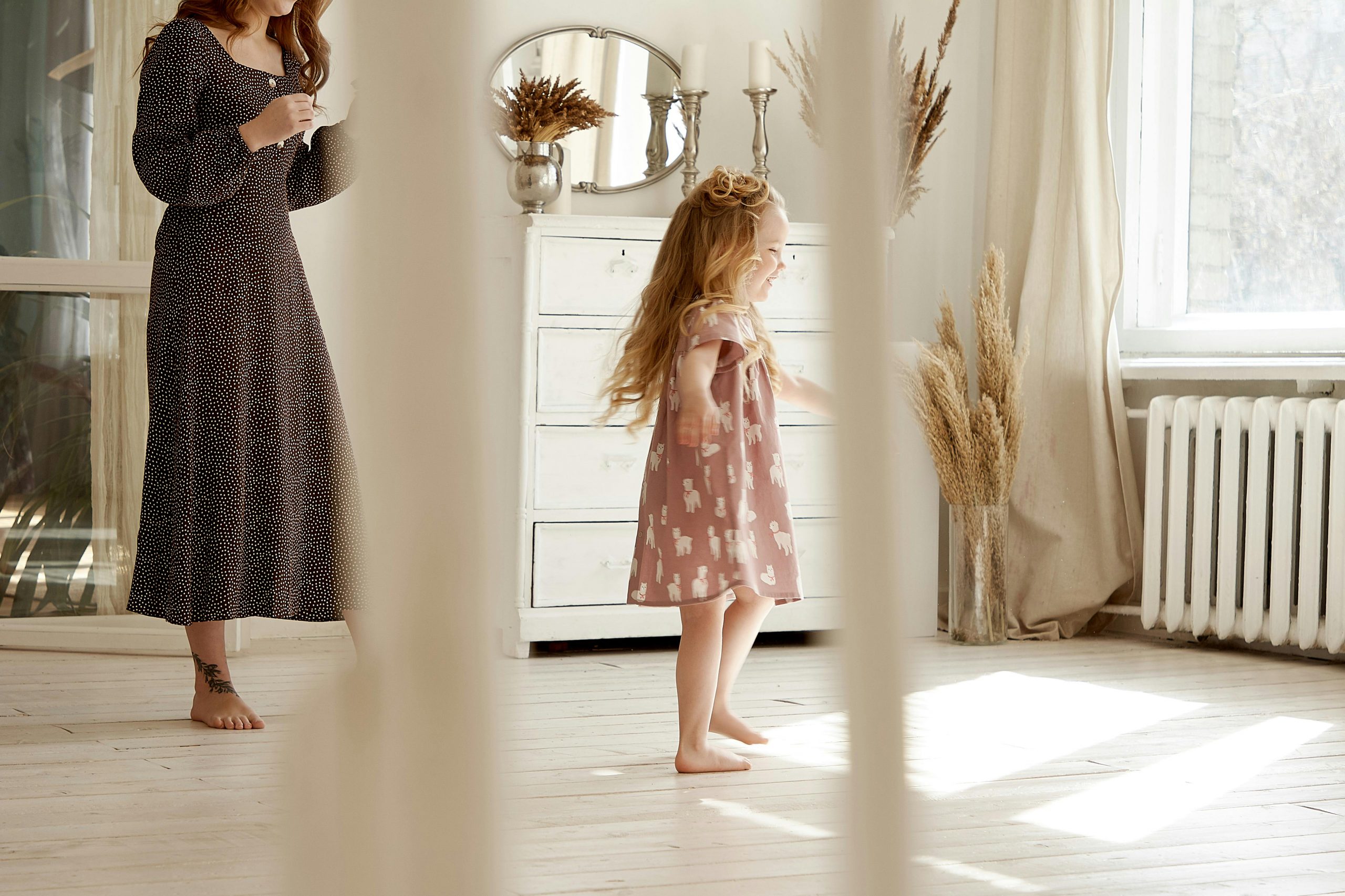Rebuilding Your Home To Accommodate More Family Members

- Plan home reconstruction by assessing family needs, prioritizing essential features, and consulting with architectural professionals for practical designs.
- Design adaptable spaces in the home that can change function as family dynamics and needs evolve over time.
- Enhance living comfort and space efficiency with built-in storage, durable furniture, and optimal natural light and ventilation.
- Invest in home additions and energy-efficient upgrades like solar panels and LED lighting to save costs and boost sustainability.
As families grow and evolve, the need for more space becomes apparent. Whether you’re expecting a new addition to the family or simply want to create a more comfortable living environment for your loved ones, rebuilding your home can be an exciting and rewarding project. This blog will discuss essential tips to help you reconstruct your home to accommodate more family members.
Plan Ahead
Before diving into any construction project, it’s essential to have a clear plan in place. Consider the needs of each family member and how the space will be used. Make a list of must-haves and nice-to-haves to prioritize your budget and design decisions. Consulting with a professional architect or designer can also help ensure that your vision aligns with practicality and safety considerations.
Create Flexible Spaces

As your family grows, so do their activities and interests. When rebuilding your home, consider creating flexible spaces that can adapt to different uses over time. For example, a room that serves as a playroom for young children now could easily transform into a study or guest room in the future with minor adjustments.
Maximize Storage
With more people living under one roof, storage space becomes even more critical. When planning your rebuild, consider incorporating built-in storage solutions such as closets, cabinets, and shelving units to keep clutter at bay. Utilizing underutilized areas like under staircases or within walls can help maximize every inch of usable space.
Focus on Comfort
A larger family means more people spending time together in shared spaces like the living room or kitchen. When designing these areas, focus on comfort by choosing durable yet cozy furniture, incorporating ample seating options, and optimizing natural lighting and ventilation for a welcoming atmosphere.
Invest in Home Additions
If you have the budget and space, consider investing in home additions such as a guest suite or an extra bathroom to accommodate your growing family. These additions not only increase the functionality of your home but can also add value if you decide to sell in the future.
Just make sure you employ the help of a contractor specializing in home additions to ensure the structural integrity and safety of your home. Choose a contractor with a good track record and plenty of experience to ensure a successful and stress-free home addition project. They can also offer valuable insights and suggestions on making the most out of your limited space.
Invest in Energy-Efficient Upgrades

As you rebuild your home to accommodate more family members, consider investing in energy-efficient upgrades that can save you money in the long run while reducing your carbon footprint. There are plenty of options to choose from, such as the following four:
Solar Panels
Solar panels can harness the power of the sun to provide electricity for your home, reducing your reliance on traditional energy sources. Solar panels have become more affordable and efficient, making them a viable option for homeowners looking to save on their energy bills.
Energy-Efficient Appliances
Swap out your old gadgets for energy-efficient ones that work better and use less power. Keep an eye out for that Energy Star label – it means they’re up to the government’s energy-saving standards.
Insulation
Proper insulation can not only keep your home warm in the winter and cool in the summer but also reduce your energy consumption. Make sure to insulate areas such as walls, attics, and basements to prevent heat loss or gain.
LED Lighting
LED lights are an energy-efficient alternative to traditional incandescent bulbs. They use less energy and last longer, making them a cost-effective option for your home addition project. Additionally, LED lights come in a variety of shapes and sizes, making them suitable for any design aesthetic.
Investing in these energy-efficient upgrades can not only save you money on your energy bills but also contribute to a more sustainable future for your growing family. Consider consulting with a professional to determine the best options for your home and budget.
Rebuilding your home to accommodate a growing family is a multifaceted endeavor that requires thoughtful planning and strategic investment. By focusing on flexible spaces, maximizing storage, and investing in comfort and energy-efficient upgrades, you can create a living environment that meets the evolving needs of your loved ones while also being economically and environmentally sustainable. Engaging with experienced professionals and considering future usability will ensure that your home remains functional, cozy, and valuable for years.


